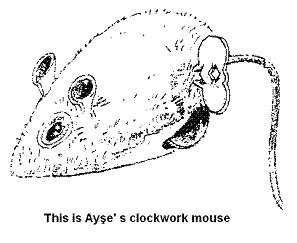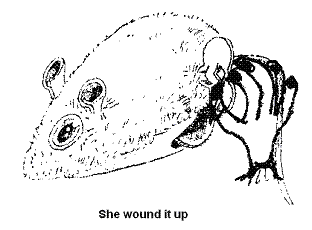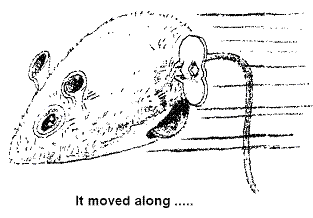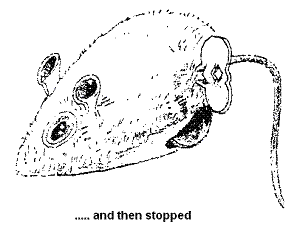Appendix - Conceptual Understanding Test
INSTRUCTIONS TO CANDIDATES
This instrument is not a test. It is prepared to find out your ideas about energy concepts. It is essential that you write down what you actually think about the question without considering whether your response is correct or not. Therefore, it would be very grateful if you could write the answer, which might be organised and stated the relevant ideas, to open-ended questions in the spaces provided in this instrument.
You can start to answer from any question you would like and use the blanks on this question paper for rough work. If you need more space please turn over the page and use the empty space at back.
|
Name of the School |
Sex |
| |
Male  |
Female  |
Question 1: Skier
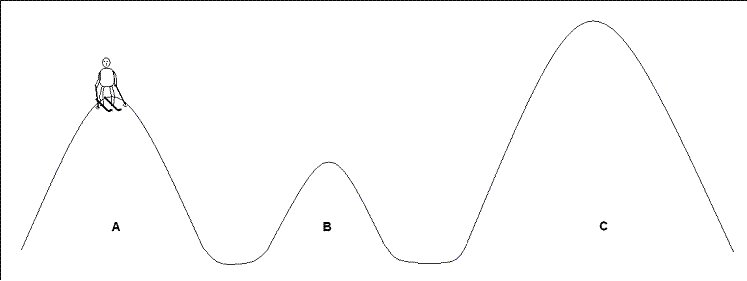
Figure above shows three
hills which have different heights and are covered with snow. Murat, who is
enrolled the skiing race, wants to make practice and starts skiing down the
hill A without using his hands. If we ignore the friction between the ski
and the snow, put an X on the picture to show how far Murat will go before
he stopped.
Please give the reasons for your answer.
_______________________________________________________________________________
_______________________________________________________________________________
_______________________________________________________________________________
_______________________________________________________________________________
_______________________________________________________________________________
Question 2: Clockwork
mouse
a) When did Ayse's clockwork
mouse have the most energy? Tick in the box next to the one you choose.
 A) Before it was wound up
A) Before it was wound up
 B) When it had just been wound up
B) When it had just been wound up
 C) When it was moving
C) When it was moving
 D) When it had stopped
D) When it had stopped
 E) Same all the time
E) Same all the time
b) Give the reason for choosing
the one you did.
_______________________________________________________________________________
_______________________________________________________________________________
_______________________________________________________________________________
_______________________________________________________________________________
_______________________________________________________________________________
Question 3: Porter
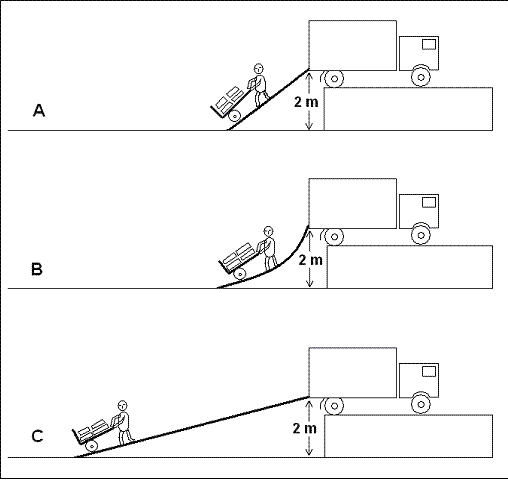
The pictures above show the
choices of a porter lifting the boxes of grapes using a wheelbarrow to load
them up the lorry. The statements below are about the amount of energy he
uses in each case.
a) Put a tick in the box
beside the one statement you agree with.
 A) The energy he uses to lift the boxes with the wheelbarrow on route A is
least
A) The energy he uses to lift the boxes with the wheelbarrow on route A is
least
 B) The energy he uses to lift the boxes with the wheelbarrow on route B is
least
B) The energy he uses to lift the boxes with the wheelbarrow on route B is
least
 C) The energy he uses to lift the boxes with the wheelbarrow on route C is
least
C) The energy he uses to lift the boxes with the wheelbarrow on route C is
least
 D) The energy he uses to lift the boxes with the wheelbarrow is the same whichever
route is chosen.
D) The energy he uses to lift the boxes with the wheelbarrow is the same whichever
route is chosen.
b) Give the reason for your
choice of answer.
_______________________________________________________________________________
_______________________________________________________________________________
_______________________________________________________________________________
_______________________________________________________________________________
_______________________________________________________________________________
Question 4: Compressed
spring

Figures above depict two situations on a set-up of throwing a ball. Figure 1 shows a compressed spring with a ball in front of the spring. Figure 2 shows a released spring repelling the ball which uses the gained energy. As the ball moves along the cylindrical tube, which is made of transparent glass, some heat is also produced. Mehmet, who makes an experiment with this set-up, thoughts that the compressed spring has more energy than the repelled ball.
What is right?___________________________________________________________________
Why?__________________________________________________________________________
_______________________________________________________________________________
_______________________________________________________________________________
_______________________________________________________________________________
_______________________________________________________________________________
THANKS FOR YOUR CO-OPERATION


Copyright (C) 2005 HKIEd APFSLT.
Volume 6, Issue 2, Article 2 (Dec., 2005). All Rights Reserved.


